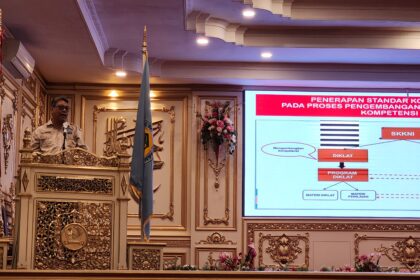[ad_1]
Families from Dhaka to New Delhi have had a tough 18 months. But while Asian economies have faltered during the Covid-19 pandemic, remittances have been stable.Â
Throughout 2020, the total volume of remittances sent home by migrant workers fell by just 1.6% compared with the previous year. This result was in contrast to a World Bank forecast in April 2020 that global remittances would decline by 20% last year.
The resilience of remittance volumes is perhaps not so surprising. Migrant workers are some of the most entrepreneurial, hard-working, and resourceful people in the world. Whenever the global economy wavered, migrant workers never faltered.
Without them, millions of people would have been without a critical lifeline during the global pandemic.Â
The impact of remittances on the lives of their recipients cannot be overstated. About one person in 10 on Earth is supported by funds sent home by loved ones abroad. Around half of the remitted funds go to rural areas, where 75% of the world’s poor and food-insecure population live. Most of the money is spent on essential goods and services, and indeed more than half of all Azimo transfers are for day-to-day family support.
But the average cost globally of a single remittance payment is still around 7%. That’s far too high. Reducing costs to 3% globally could put an additional US$20 billion per year into the pockets of remittance recipients. Why then are banks and money-transfer businesses still overcharging people to send money to their families?Â
Now more than ever, people need faster, cheaper ways to send money abroad. Fortunately, a new crop of mostly digital remittance providers are responding. It’s why today (June 16) we’re celebrating the United Nations’ International Day of Family Remittances 2021 and highlighting the role remittances play in people’s lives.Â
Across Asia, Covid-19 has exposed severe gaps in social protection and exacerbated existing inequalities. Unemployment has surged, particularly in low-wage industries, among women and among youth. Remittances have helped support the most vulnerable.
In South Asia, remittances represent a greater share of gross domestic product than anywhere else in the world. Take Nepal, where they’re a whopping one-third of GDP. In Sri Lanka, they’re 8% of GDP, and in Pakistan 7%.Â
Remittance records were broken in Pakistan last year as transfers from the country’s diaspora grew by 9% compared with 2019. Prime Minister Imran Khan even tweeted to thank overseas Pakistanis for their contributions to the country.
But South Asia is not alone. Further east, the repatriation of more than 400,000 workers raised concerns of a remittance crash in the Philippines. The Asian Development Bank projected a fall of up to 20%. But they fell just 1%, before jumping by 5% in February 2021, again outperforming expectations.
As we reflect on the important role remittances play in people’s lives, the International Day of Family Remittances is a chance to celebrate the 200 million people who send money home. The significance of remittances for the families that rely on them, and for vital health care and education systems, has been felt this past year more than ever.Â
[ad_2]
Source link










